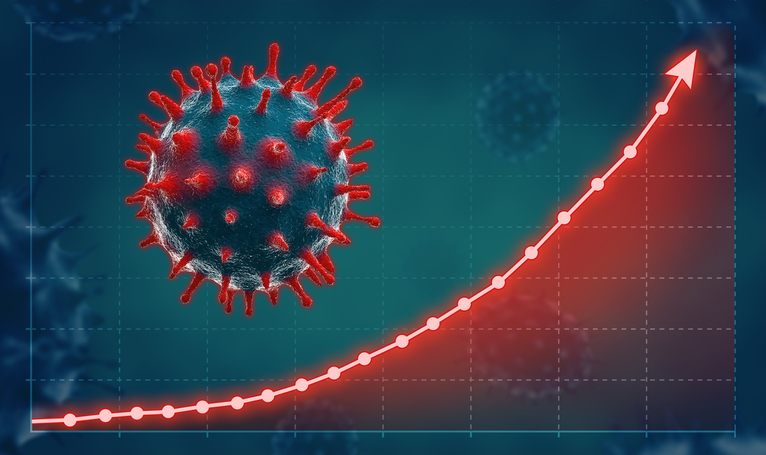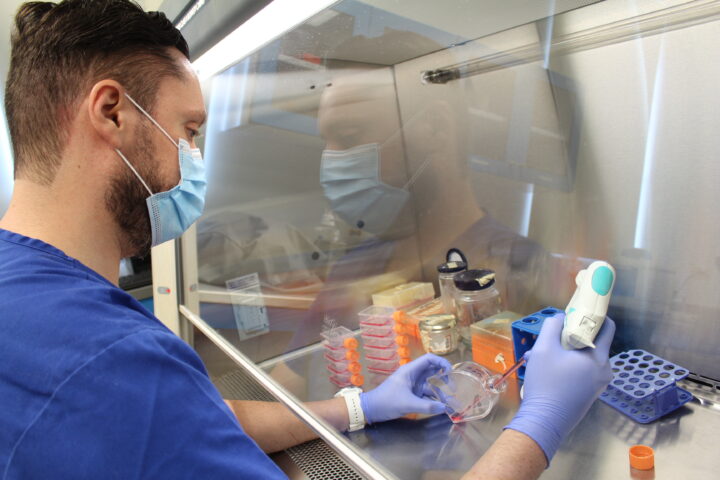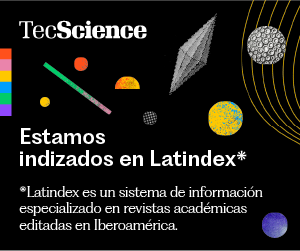Although the COVID-19 health crisis ended in early May, it is important to remember that the virus continues to circulate among us.
A new subvariant called EG.5, or Eris, is on the rise in countries such as the United States, China, Japan, Canada, and South Korea. On August 9, 2023, the World Health Organization (WHO) declared it as a variant of interest. In Mexico, only two cases of Eris have been reported, both in Mexico City.
“At the moment, this is not enough of a risk to decree that we are once again in a pandemic,” explains Michel Martínez Reséndez, an infectious disease specialist and leader of the Epidemiological Surveillance Unit at TecSalud.
Where did EG.5 come from and what are its features?
EG.5 is a subvariant of XBB, a group of SARS-CoV-2 variants that are characterized by a faster spread and by being able to overcome immunity acquired against the virus through vaccination or previous infections, which makes them more contagious.
The EG.5 version of the virus presents mutations in the spike protein, which is related to its transmissibility.
In the United States, the subvariant already represents 17% of new infections and it is causing significant increases in new cases of this disease worldwide. Between July 10 and August 6, an 80% increase in new cases was reported compared to the previous month.
“At the moment, it does not seem to be more severe in terms of clinical cases, but that doesn’t mean we shouldn’t be following this variant closely in the coming weeks,” says Martínez.
Recommendations to prevent infections
For now, Martínez recommends that people who have not received a vaccine booster for more than a year do so since approved vaccines that are available globally have been shown to protect against severe COVID-19 disease.
If people are over 65 years of age or are immunocompromised by chemotherapy treatments against some type of cancer, cardiovascular disease, chronic liver disease, COPD, or chronic lung disease, it is important to reinforce safety measures and use face masks when they are in crowded places.
People should take a rapid antigen test if they suspect they have COVID-19. If they test positive, they should see a doctor so they can be prescribed an antiviral.
Currently, there are two antivirals that treat the disease, which are paxlovid and redemsivir.
“The progression of COVID-19 is avoided by taking the antiviral within the first 5 days, maximum 7, of the condition starting,” explains Martínez.
RNA Vaccines and the future of COVID-19
According to Martínez, anyone who has access to the messenger RNA vaccines that are about to come out (created by Pfizer and Moderna) should get them.
These vaccines are designed to protect against the XBB group of variants, so their action in preventing severe illness from this virus is much more specific.
For the expert, the fact that we now have effective antivirals and messenger RNA vaccines is really encouraging for combating future variants. In the wake of the pandemic, the technology to create new vaccines has advanced at unprecedented speeds.
“These two things, having treatment and prevention, can change the course of this disease so that we don’t experience what we went through in 2020 and 2021 again,” he concluded.
However, it is important to remain alert to EG.5 and other subvariants and to follow the recommendations issued by the health authorities.



















